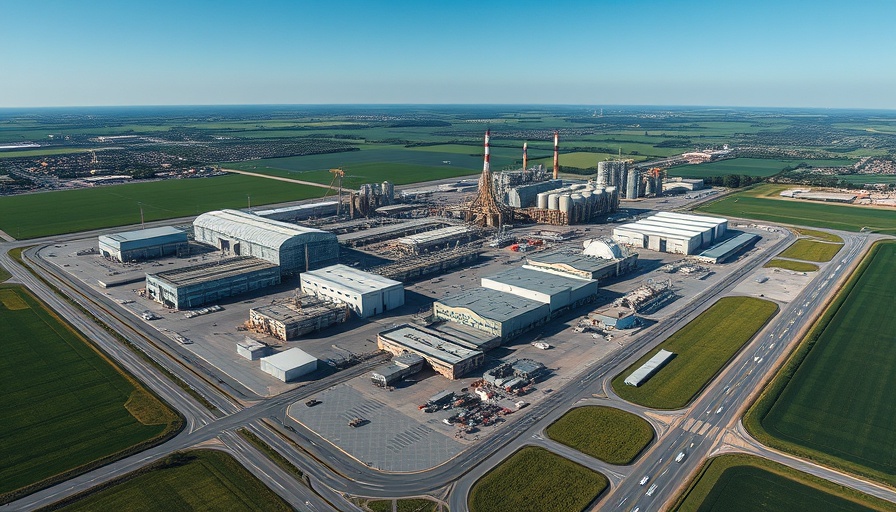
NEPA Overhaul: A New Era in Environmental Reviews
The National Environmental Policy Act (NEPA) is undergoing significant revisions aimed at streamlining the federal environmental review process. For clients of commercial construction companies, these changes could lead to improved project efficiency and faster timelines. As environmental regulations become more adaptive, understanding how this reshaping may reduce delays is crucial.
Understanding the NEPA Changes: What’s at Stake?
The federal government’s recent push to update NEPA procedures aims to mitigate the time-consuming bottlenecks often associated with environmental reviews. The updates stress transparency while providing a more efficient process that anticipates the concerns of developers and project managers alike. For those in the construction industry, this could meaningfully tangentially impact project management by simplifying submissions and clarifying environmental standards.
Cultural Implications: Balancing Development and Conservation
One of the principal challenges during NEPA’s evolution is striking a balance between economic growth and environmental conservation. As clients navigate these new guidelines, they must remain aware of their responsibility to practice sustainable building. Innovative technologies, such as prefabricated materials and green design, can help reduce carbon footprints while expediting project timelines.
Speeding Up the Process: Is It All Positive?
While the goal is to speed up the review process, there are concerns regarding the potential dilution of environmental protections. Critics argue that rapid approvals could compromise thorough assessments, thereby impacting long-term environmental standards. However, proponents of the revisions argue that by embracing modern technology and new ecological evaluations, the construction sector can still prioritize ecological integrity while enjoying expedited processes.
Innovative Approaches in Environmental Assessments
One significant opportunity for commercial construction companies lies in leveraging technology to enhance NEPA compliance. Tools like Geographic Information Systems (GIS) and data analytics can facilitate accurate environmental assessments, speeding up the collection of critical information and enhancing decision-making processes. By adopting such technologies, construction firms could achieve greater project efficiency amidst regulatory changes.
What’s Next for the Construction Industry?
As the NEPA revisions unfold, construction companies should prepare for a landscape that demands agility and proactive engagement with regulatory changes. Monitoring these shifts can lead to innovative approaches in project management, enabling firms to adapt quickly to new requirements while maintaining compliance. Clients who can foresee these changes and stay abreast of regulatory updates will undoubtedly gain a competitive edge in this evolving market.
The landscape of federal environmental reviews is transforming, and with it comes opportunity. Construction companies, tech-savvy developers, and eco-conscious clients must navigate this new terrain wisely. For those invested in sustainable growth, the time to adapt is now—embrace technology and seize the moment.
 Add Row
Add Row  Add
Add 




Write A Comment